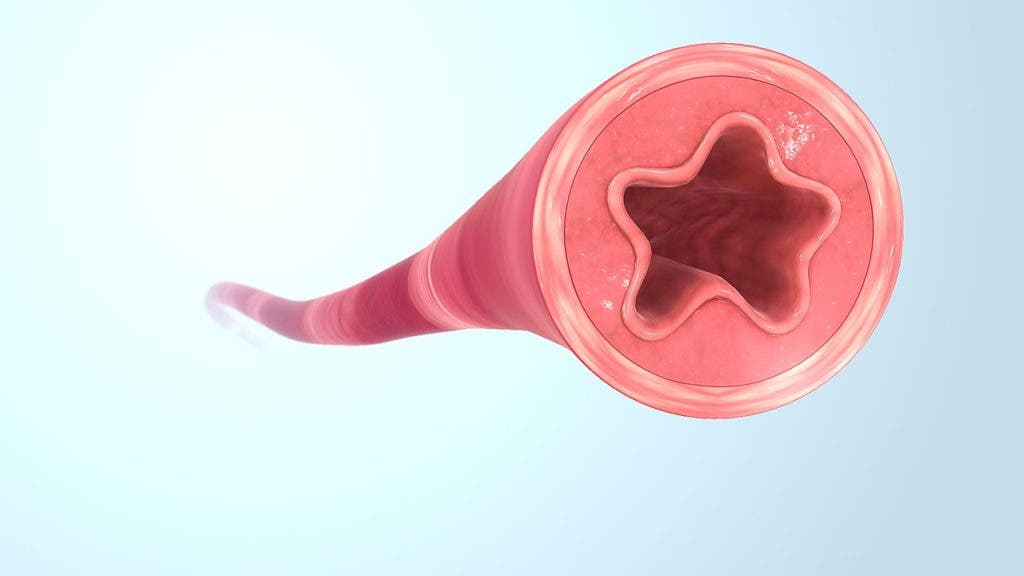A new study describes how researchers 3D-printed fully-functional blood vessels, and how they can be implanted into living hosts.

Image via Wikimedia.
The blood vessels were printed from a bioink containing human smooth muscle cells (harvested from an aorta) and endothelial (lining) cells from an umbilical vein. They have the same dual-layer architecture of natural blood vessels and outperform existing engineered tissues, the team explains.
The findings bring us closer to 3D-printed artificial blood vessels that can be used as grafts in clinical use.
Bloody constructs
“The artificial blood vessel is an essential tool to save patients suffering from cardiovascular disease,” said lead author Ge Gao. “There are products in clinical use made from polymers, but they don’t have living cells and vascular functions.”
“We wanted to tissue-engineer a living, functional blood vessel graft.”
The researchers explain that the small-diameter blood vessels we’ve been able to construct so far were fragile things, and prone to blockages. The crux of the issue was that these vessels relied on a very simplified version of the extracellular matrix — the material between cells which keeps our bodies together — most usually in the form of collagen-based bioinks. A natural blood vessel, however, isn’t just collagen; it also boasts a wide range of biomolecules that support the growth and activity of vascular cells.
To address these issues, the team developed a bioink starting from native tissues that preserves this extracellular complexity. Its use allows for faster development of vascular tissues and results in blood vessels with better strength and anti-thrombosis (i.e. anti-clogging) function. After fabrication, the team matured the vessels in the lab to reach specific wall thickness, cellular alignment, burst pressure, tensile strength, and contraction ability — basically making the printed vessels mimic the functions of natural blood vessels.
Afterward, the printed blood vessels were grafted as abdominal aortas into six rats. Over the following six weeks, the rats’ fibroblasts (a type of cell in the extracellular matrix) formed a layer of connective tissue on the surface of the implants — which integrated the vessels into pre-existing living tissues.
The team says they plan to continue developing the process in order to make the blood vessels stronger, with the goal of making them similar to human coronary arteries in physical properties. They also want to perform a long-term evaluation of vascular grafts to see how they evolve as they integrate into the implanted environment.
The paper “Tissue-engineering of vascular grafts containing endothelium and smooth-muscle using triple-coaxial cell printing” has been published in the journal Applied Physics Reviews.






